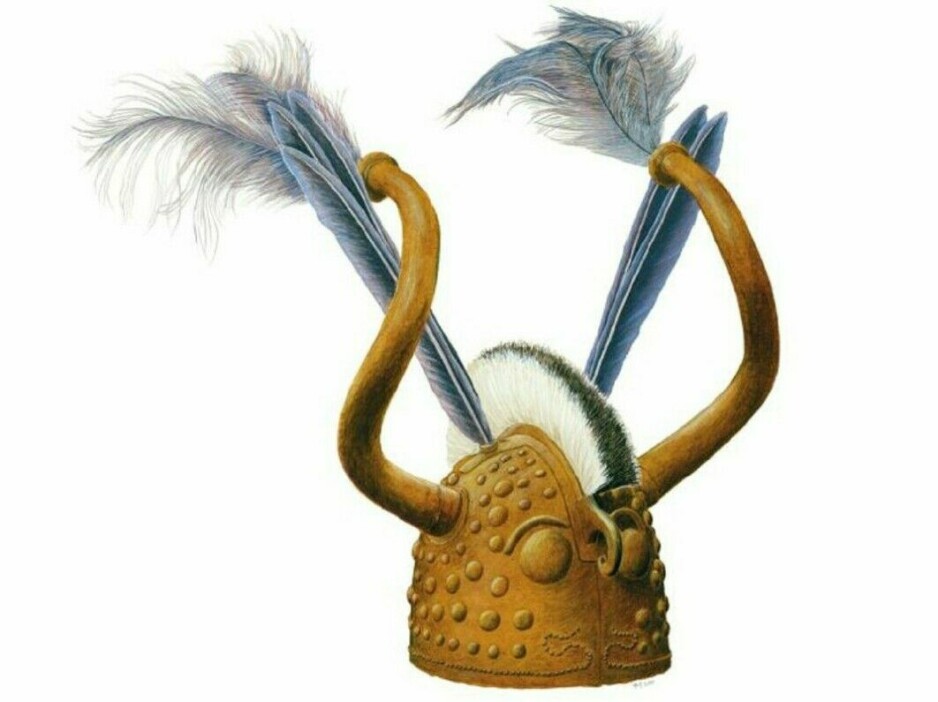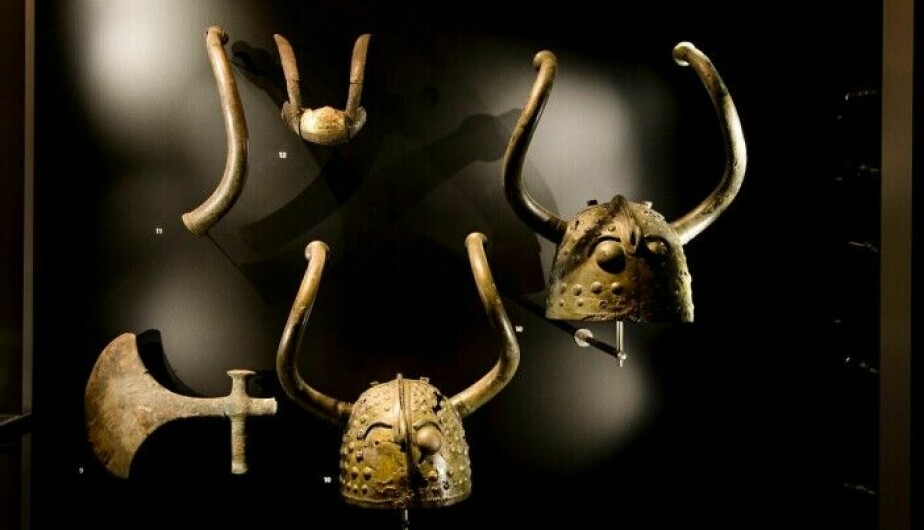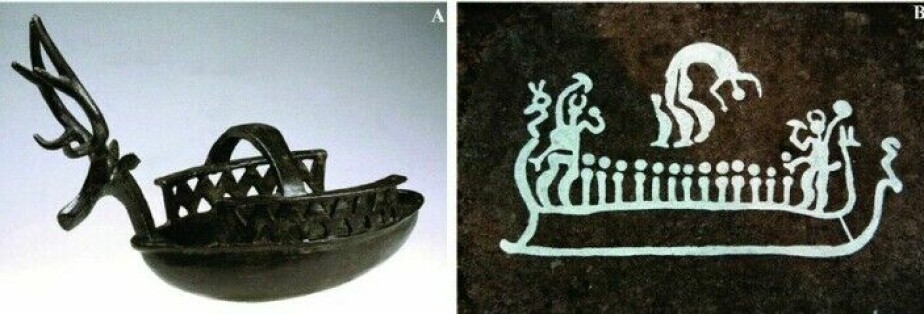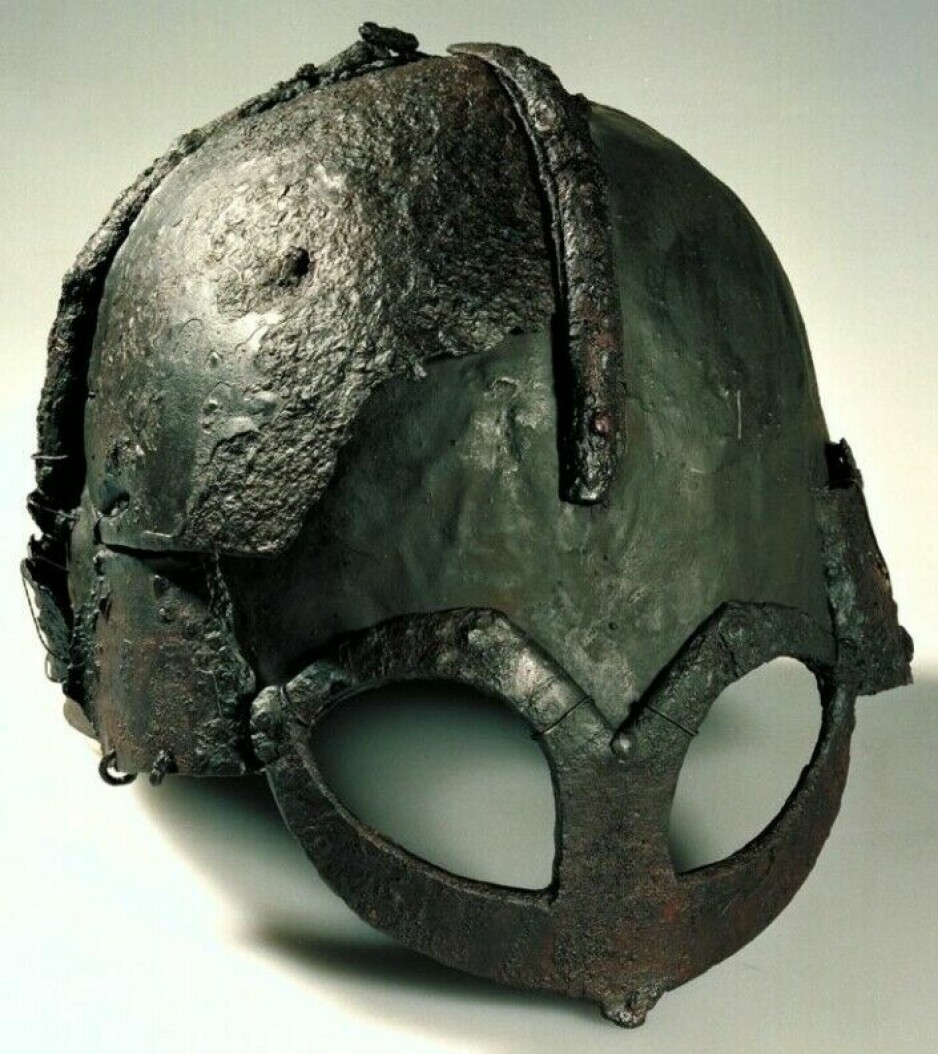
No, the Vikings didn't wear helmets with horns
But 2,000 years before the Vikings – in the Bronze Age – horned helmets existed.
Popular culture has shown us Vikings walking around wearing helmets with horns on them.
The story of these Viking helmets may have come from the composer Richard Wagner, according to Aarhus University's website: danmarkshistorien.dk.
During the premiere of the opera "The Ring of the Nibelung" in 1876, a creative costume designer came up with something reminiscent of Viking helmets with horns. The opera, considered Wagner's masterpiece, was inspired by Germanic and Norse mythology.
In the years that followed, horns appeared on most things that were supposed to be Viking helmets.
This continued in films, plays, comics and children's books - until researchers could clearly establish that there was nothing to indicate that Viking helmets had horns.
“Never been found”
“No, helmets from the Viking Age with horns on them have never been found,” Ingrid Ystgaard tells sciencenorway.no. She's an archaeologist at NTNU in Trondheim.
“But if we look 200 years further back in time, to what is called the Merovingian period, we have illustrations that depict people wearing headgear with horns on top. Or at least something that resembles horns.”
Ystgaard does not believe that the horned helmets from the Merovingian period (circa 550 - 800) were warrior helmets.
She believes they were more likely to be decorative helmets worn by someone in the upper strata of society.
Horned helmets in the Bronze Age
If we go a good deal further back in time - to the Bronze Age around 3,000 years ago - we are more certain that people in the Nordic countries wore helmets with horns attached.
“There are many indications that these were not helmets made for combat either,” says Ystgaard. “What they were used for at the time is just speculation. But one suggestion is that they were part of ritual retellings of ancient myths.”
On petroglyphs from the Bronze Age in western Sweden and southern Norway, such horns often appear on the heads of human figures carved into stone.

Two real horned helmets
The Viksø helmets were found in a bog on the island of Zealand in 1942.
Several other findings also tell us that horned helmets must have been common in the Nordic countries between 3,700 and 2,500 years ago.
In the Bronze Age, trade in metals such as copper and tin, as well as animal skins and gemstones, may have expanded over much larger distances than researchers thought a few years ago.
Archaeologists today consider it probable that 3,000 years ago, people from Scandinavia went on trade voyages along the coast of the Atlantic and all the way down to the Mediterranean.
The Danish Bronze Age archaeologist Helle Vandkilde is among those who have pointed out how the two Viksø helmets are similar to Bronze Age helmets found on the island of Sardinia in the Mediterranean, as well as pictures of helmets found in southern Spain.

The Gjermundbu helmet
So far, only a single preserved helmet from the Viking Age has been found in Norway. Although it remains the only one, it is good condition.
- READ more about the Gjermundbu helmet: New interpretations of the so-called Gjermundbu find suggest that the Viking buried in one of Norway's richest male warrior graves had ties to great rulers in Eastern Europe.

———
Translated by Alette Gjellesvik.
Read the Norwegian version of this article on forskning.no
References:
Roberta Frank: “The Invention of the Viking Horned Helmet”, International Scandinavian and Medieval Studies in Memory of Gerd Wolfgang Weber, 2000.
Helle Vandkilde et al.: “Anthropomorphised warlike beings with horned helmets: Bronze Age Scandinavia, Sardinia, and Iberia compared”, Praehistorische Zeitschrift, 2012.
































